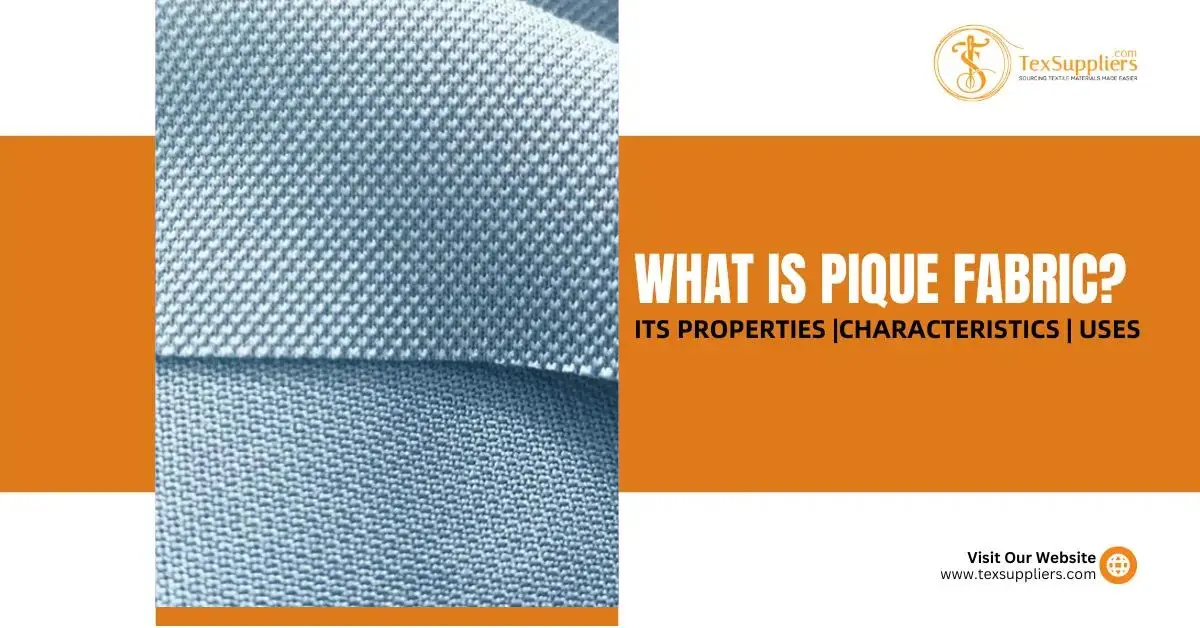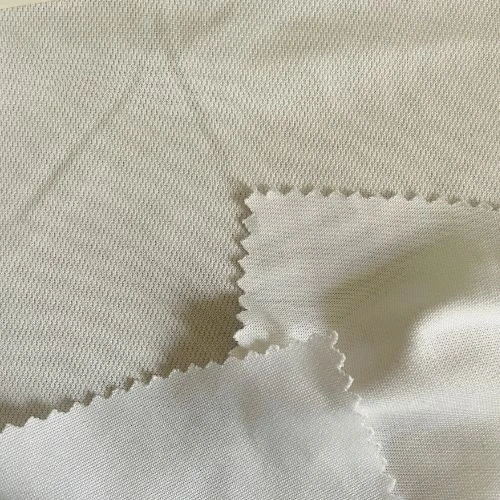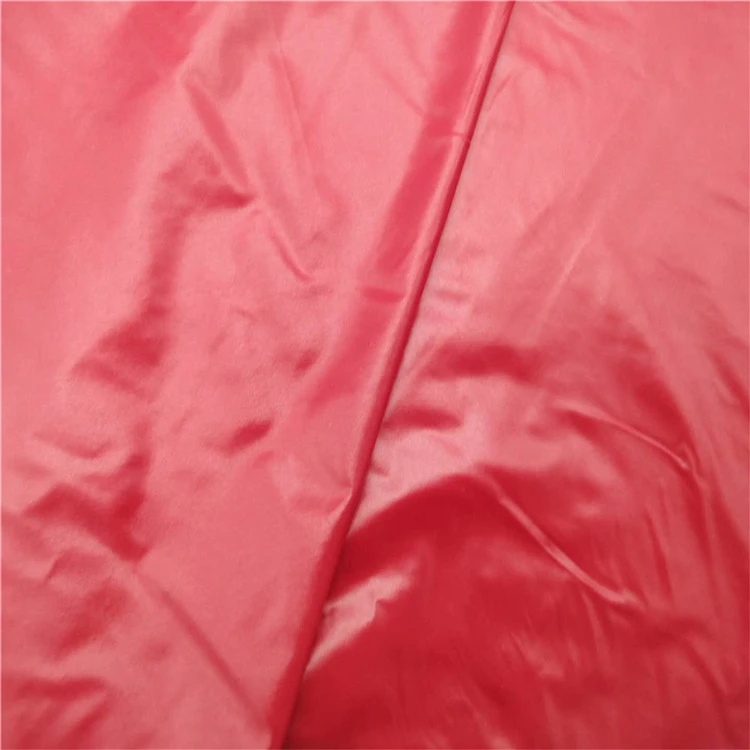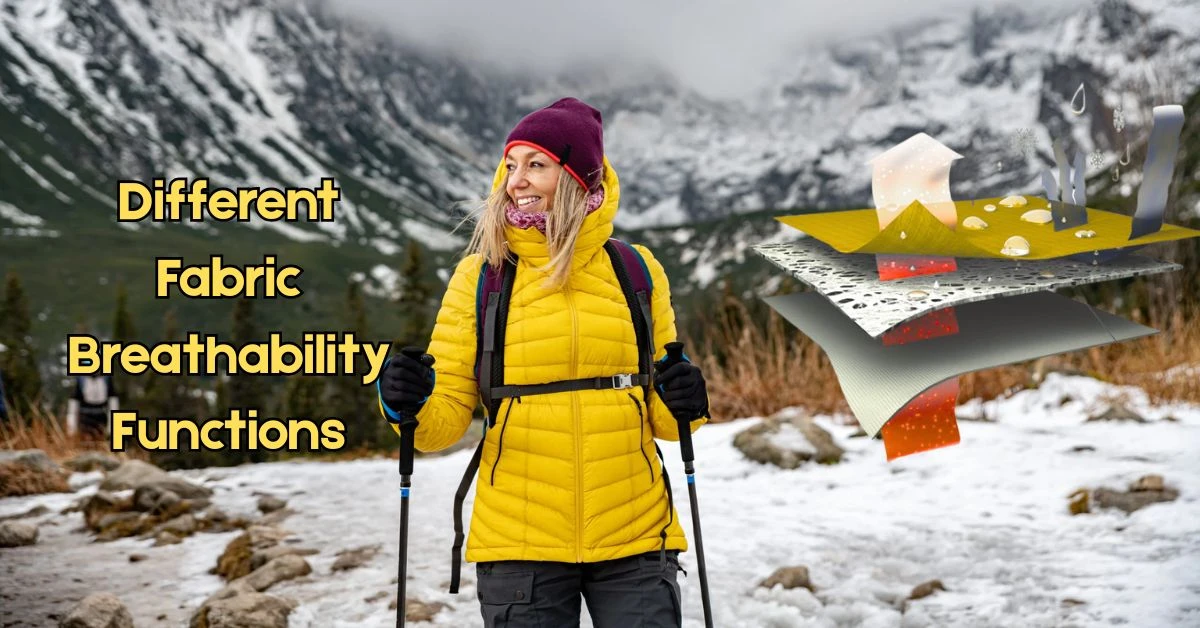If you are an admirer of polo shirts, you must know what pique fabric is! Pique fabric is mostly found in cotton form because it is easy to care for and clean. You may not hear about pique fabric frequently as it is rare to find today. But thanks to some specialty products made of pique fabric that introduced us to this heritage fabric, In this article, you will learn about pique fabric, every small detail of pique fabric in short.
Table Of Contents
What is Pique Fabric?
Pique fabric is a double-knit fabric characterized by a distinctive textured pattern. Polo pique construction is used, with a double cross tuck pique technique. It often resembles a raised waffle or honeycomb design, created by raised cords or fine ribbing into the fabric. Therefore, it provides a subtle yet noticeable texture. Unlike smooth single jersey knit fabrics, pique has an intricate weave that gives it extra breathability. Pique is commonly used for polo shirts due to its breathability and durability.
|
Pique Fabric |
Details |
|
Also Known As |
Polo Pique, Golf Shirt Fabric, Lacoste Fabric |
|
Manufacturing Process |
Single Jersey Knit-Tuck structure using circular knitting machines |
|
Appearance |
Textured surface with small raised patterns, honeycomb-like design |
|
GSM Range |
160 GSM - 350 GSM |
|
Composition Range |
100% Cotton, PC Blend (Polyester-Cotton: 65/35, 50/50), 100% Polyester, CVC Blend (60/40, 80/20), Spandex blends |
|
Construction Range |
Single Lacoste, Double Lacoste, Polo Pique, Honeycomb Pique, Birdseye Pique |
|
Count Variations |
20s, 24s, 26s, 30s, 32s, 36s, 40s |
|
Fabric Breathability |
High (Allows air circulation, preventing excessive sweating) |
|
Moisture-Wicking Abilities |
Moderate to High (Depends on composition: Polyester blends offer better wicking than cotton) |
|
Heat Retention Abilities |
Low to Moderate (Depends on GSM and fiber blend) |
|
Stretchability |
Moderate (Higher in spandex blends) |
|
Prone to Pilling/Bubbling |
Low to Moderate (Polyester blends are more resistant) |
|
Country First Produced (Year) |
France (1933) – Designed by René Lacoste for polo shirts |
|
Biggest Exporter Country |
China (Largest exporter, over 500,000+ tons annually) |
|
Recommended Washing Temperature |
Cotton Pique: 30-40°C, Polyester Pique: Below 30°C |
|
Applications |
Polo shirts, sportswear, uniforms, casual wear, golf apparel, kidswear, dresses |

Types of Pique Fabric
Based on different fibers, tightness, and construction, piquefabric’s types are different. Some types of pique fabric are:

-
Cotton pique fabric: The most common type of pique fabric. It has great breathability. The main application of this type is making polo shirts. Cotton pique fabric is used for a woven fabric covered with a tiny, textured pattern.
-
Waffle pique fabric: It is small, square-patterned, and waffle resembled. This fabric is used in towels and bathrobes. The fabric is exceptionally comfort. It is soft and gentle to the skin.
-
Birdseye Pique: This fabric features a diamond-shaped pattern and is applied to making dresses and golf shirts. It results in a small repetitive woven-like pattern. Birdseye pique is mostly used in summer.
-
Honeycomb Pique: A unique hexagonal pattern fabric. Also, it has applications in casual and sportswear. It is also a classic polo knit with an application. It is flexible, durable, and breathable.
-
Marcella Pique: Pique fabric in a stiffer form is used in formal dress shirts and bibs. It is a woven fabric constructed in a geometric structure with a quilted surface appearance. Marcella pique is sometimes called waffle pique fabric.
What is Pique Fabric made of?
Pique fabric is mostly made of cotton, sometimes blended with polyester. But nowadays pique fabric is often made of 100% polyester with quick-dry features. The cotton gives the fabric the perfect amount of softness and breathability. It also makes the fabric an ideal material for warm climates. It is called ‘pineapple fabric’ due to its special texture.

The Lancashire cotton industry first created pique fabric in the 18th century under the name of Marcella. Though the special technique introduced by manufacturers back then is not present in today’s context, still pique becomes an immensely popular fabric for men’s section.
Pique Fabric Manufacturing Process
The manufacturing process of pique fabric involves classic processes. Pique fabric is produced using a single jersey circular knitting machine with a tuck-knit structure. It creates raised geometric patterns. The process starts with combed or carded cotton, polyester, or blended yarns (typically 24/1 Ne to 30/1 Ne). The machine operates at 24–28 gauge (Gg) to ensure a fine, structured texture.
The stitch length varies between 2.8 – 3.5 mm, depending on fabric density requirements. The knitting sequence involves a combination of knit and tuck stitches, forming a honeycomb or waffle-like texture.
For Double Cross Tuck (Polo Pique), the repeat cycle is completed in 4 courses, alternating between knit and tuck on odd and even needles.
Single Lacoste and Double Lacoste variations follow a four-course and six-course knitting cycle, respectively.
After knitting, the fabric undergoes heat setting to control shrinkage, followed by dyeing and finishing with functionalities like TPU coating, moisture-wicking, or anti-pilling treatments.

Properties of Pique Fabric
|
Fabric Name |
Pique Fabric |
|
Fabric Construction |
Cotton, Polyester, and a blend of both |
|
Fabric Durability |
High |
|
Fabric Breathability |
High |
|
Wrinkle-Resistance Ability |
High |
|
Stretchy |
|
|
Applications |
Sportswear, Dress, polo shirts, bibs, bathrobes |
Characteristics of Pique Fabric
Pique fabric comes with a few exclusive features. Let’s look at the following key aspects:
-
Incredibly Breathable: Pique cotton has a geometric weave texture and nature. The knit pique also features waffle weaves. These features make it incredibly breathable. It is also comfortable to wear. Pique fabric has less contact with the skin and hence it feels lighter.
-
Moisture-Wicking Capabilities: Pique fabric wicks away moisture. It absorbs sweat and does not easily deform even after heavy washing. This function helps the wearer stay dry and comfortable during physical activity or in warm weather.

-
Comfortable: Cotton-mase pique fabric is comfortable. Pique fabric features a gentle touch and a soft and casual appearance. The type of fibers used, the weaving technique, and the fabric weight all have an impact on the comfort of piqué fabric.
-
Durable: Pique is highly durable. It is because of its unique weaving technique. Piqué fabrics range from medium to heavyweight, depending on the type. The extra weight and thickness contribute to their durability.
Applications of Pique Fabric
Pique fabric is used in a variety of applications. For instance:
-
Sportswear: Polo shirts, golf wear.
-
Clothing: Short-sleeved shirt, waistcoats, summer jackets.
-
Towel and Bathrobes
-
Bibs: For black tie events
FAQ
-
How to pronounce pique fabric?
When you are referring to pique fabric, you should pronounce it as pee-kay fabric.
-
Is Pique Fabric Good for Summer?
Pique fabric is a gem for the summer season. It has more loft compared to the flat knit fabric. It also has less contact with the skin. Besides, you will feel lighter and more comfortable during summer. Also, its waffle-like construction helps the pique knit in breathability.
Conclusion
To conclude, pique fabric is mostly known as knit fabric with various patterns of fine ribbing. It is perfect for sportswear and office wear. Pique-made shirts are a complete wardrobe staple that you are likely to add in the form of polo shirts! If you are looking for formal attire to avoid being buttoned up, go for pique fabric any time! Let us know how many pique-made items you own.

















Comments - 01
RYZEAL SOURCING
This article provides a comprehensive overview of pique fabric, covering its properties, manufacturing process, types, and applications. It effectively highlights the versatility and durability of pique fabric, making it suitable for a wide range of uses, from sportswear to formal attire. The inclusion of FAQs adds practical information, enhancing the reader's understanding of this fabric. Overall, it's a valuable resource for anyone interested in learning more about pique fabric and its various characteristics.
Leave A Reply
Thanks for choosing to leave a comment.